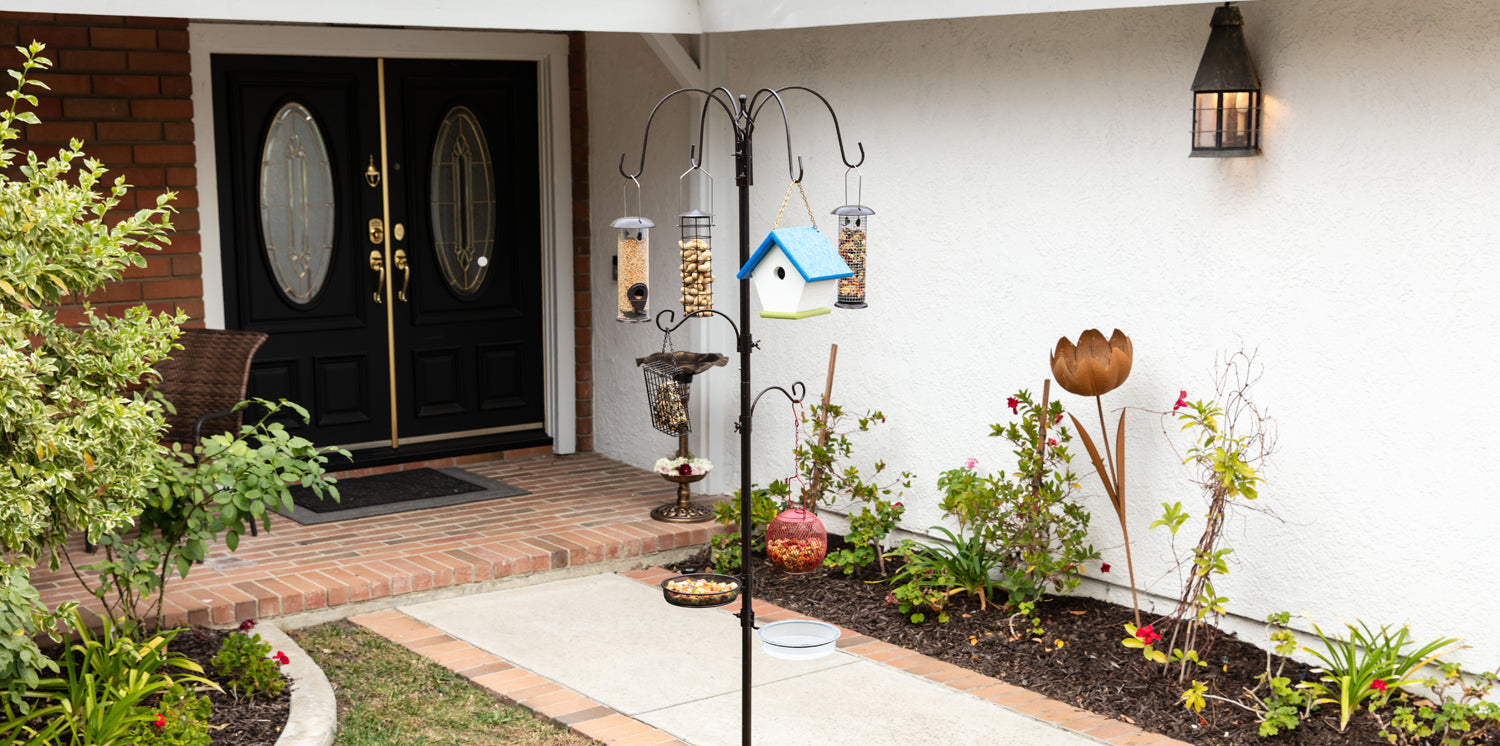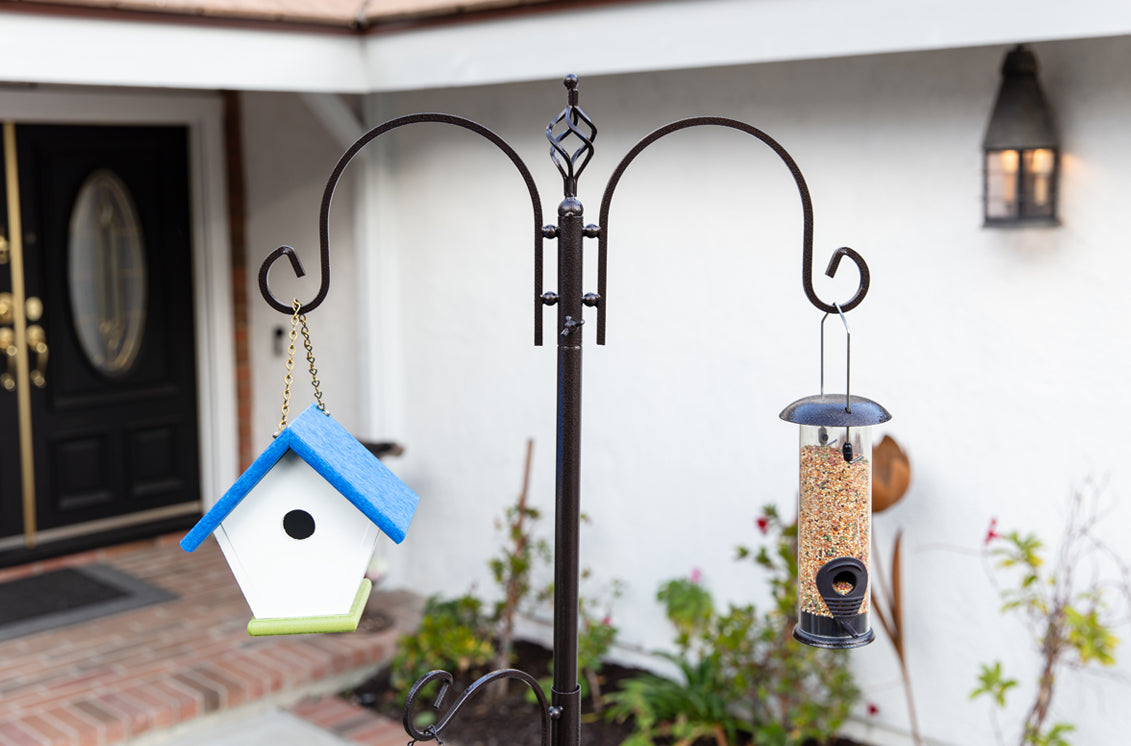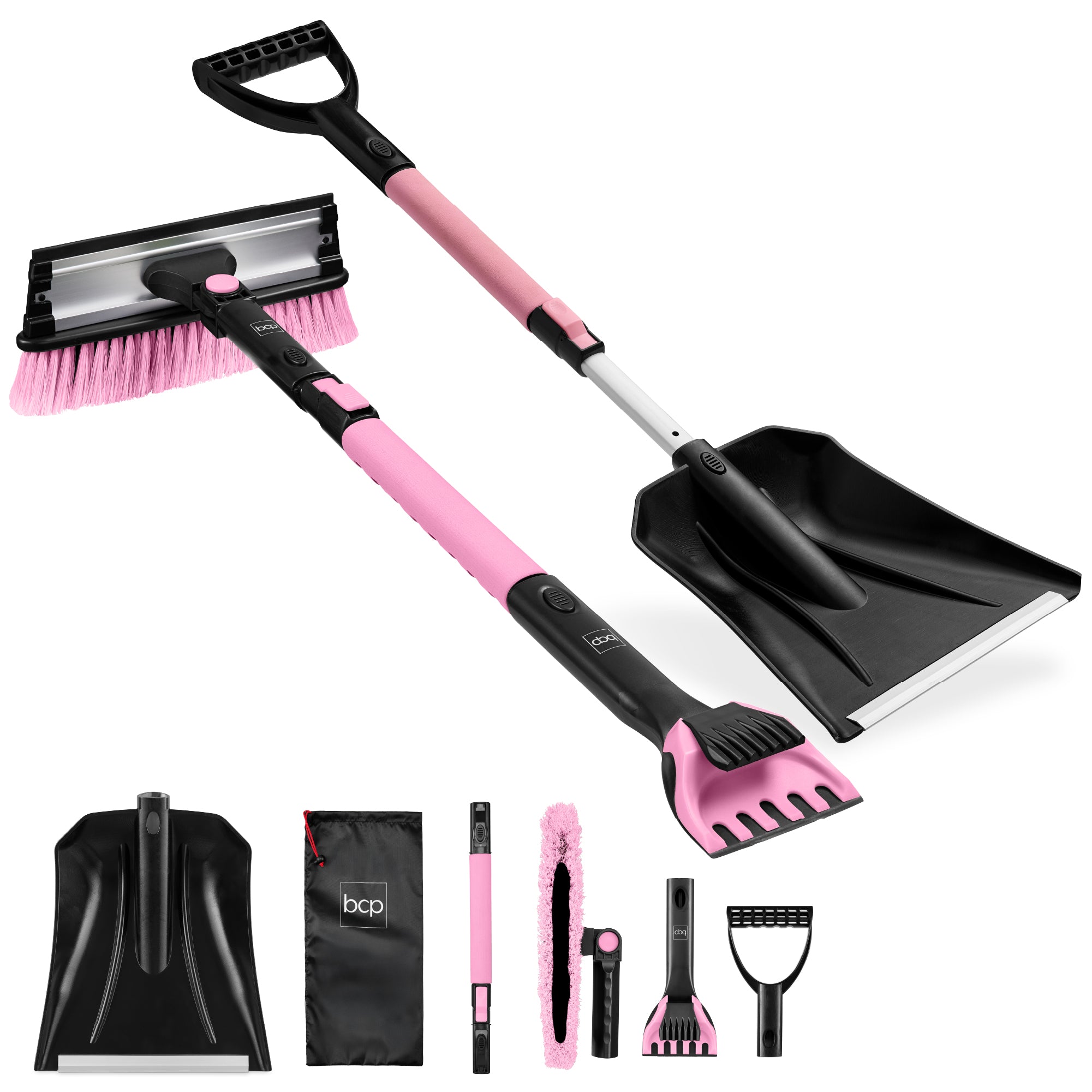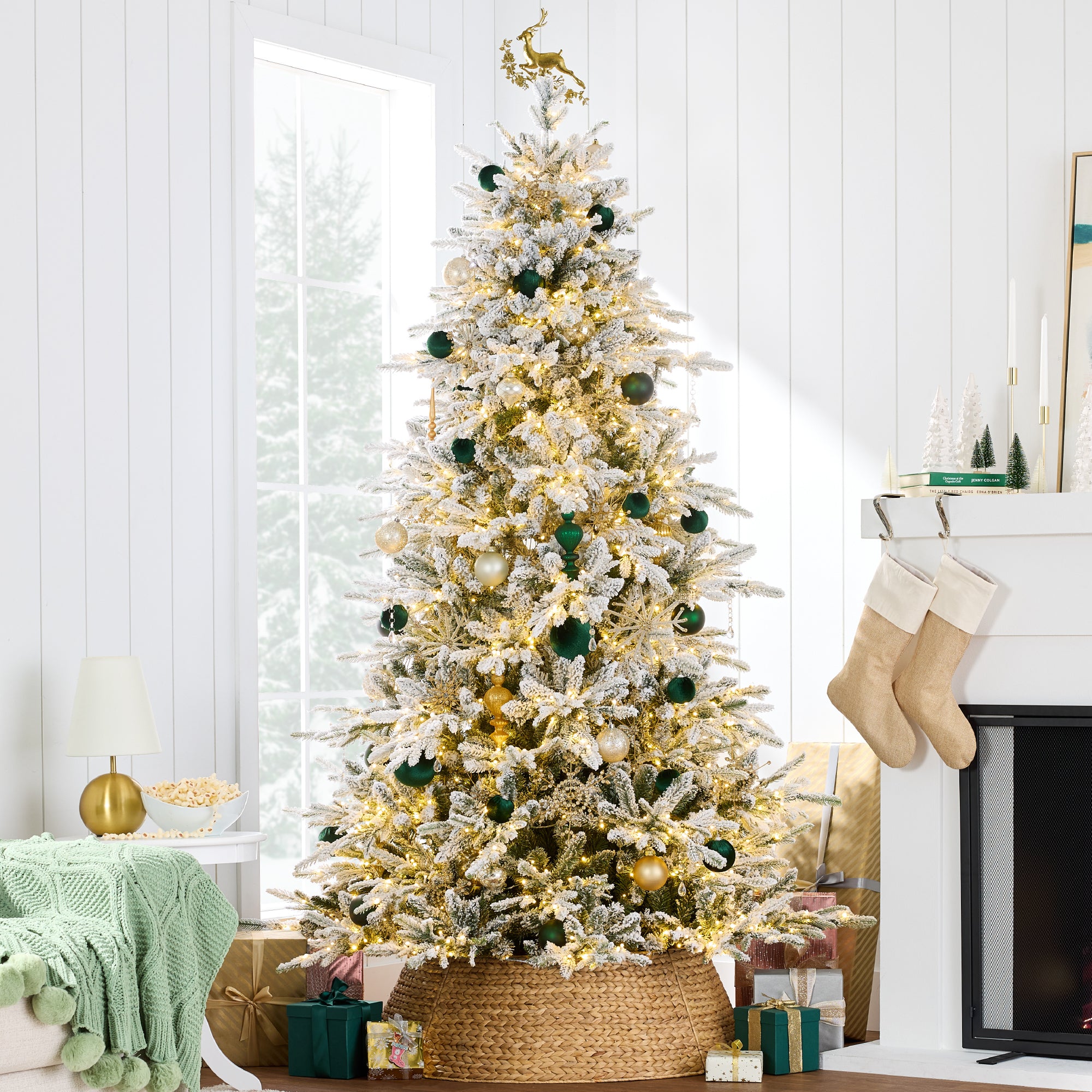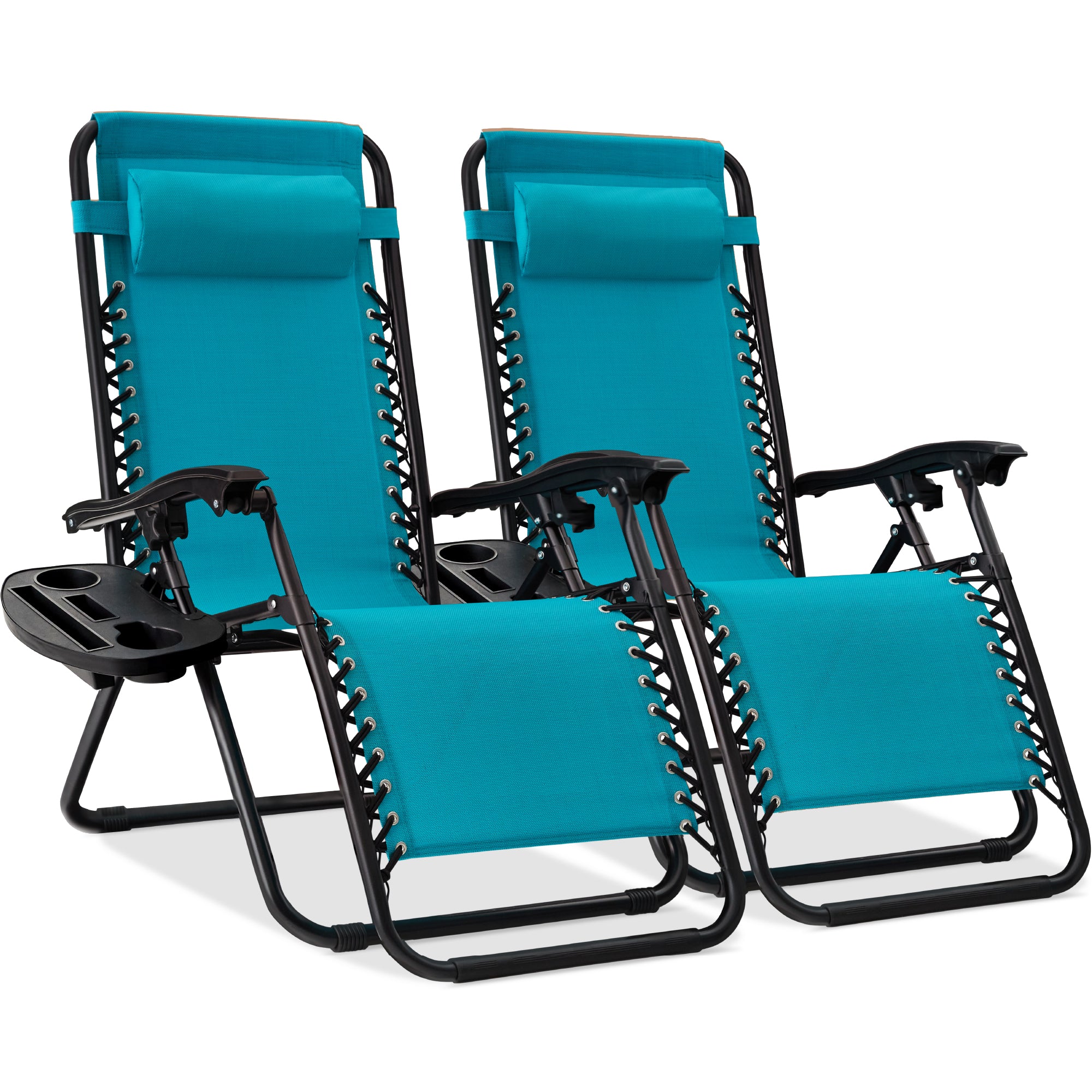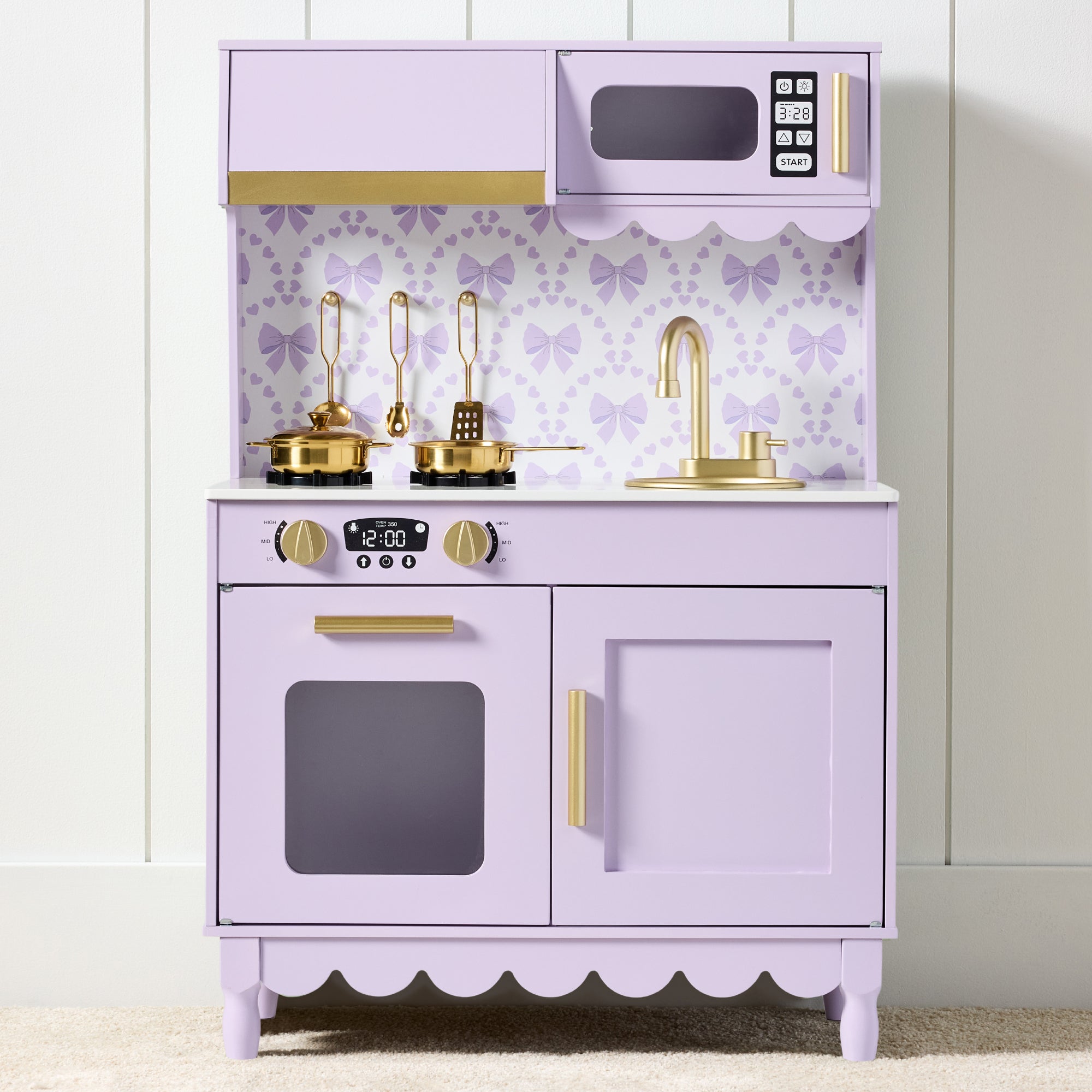Ever notice how when you first move into a new place there are no birds around, but as soon as you start getting comfortable it seems as if the birds do too?
You’re not imagining.
Recent research suggests that birds may understand our human behavior and may even be able to eventually recognize a homeowner as a feeder.
Picture this:
You wake up in the morning and you hear dozens of feathery friends wishing you a good morning.
But just putting out a bird feeding station is not enough to create a bird haven outside your window.
How do I get Birds to Come to My Bird Feeder?
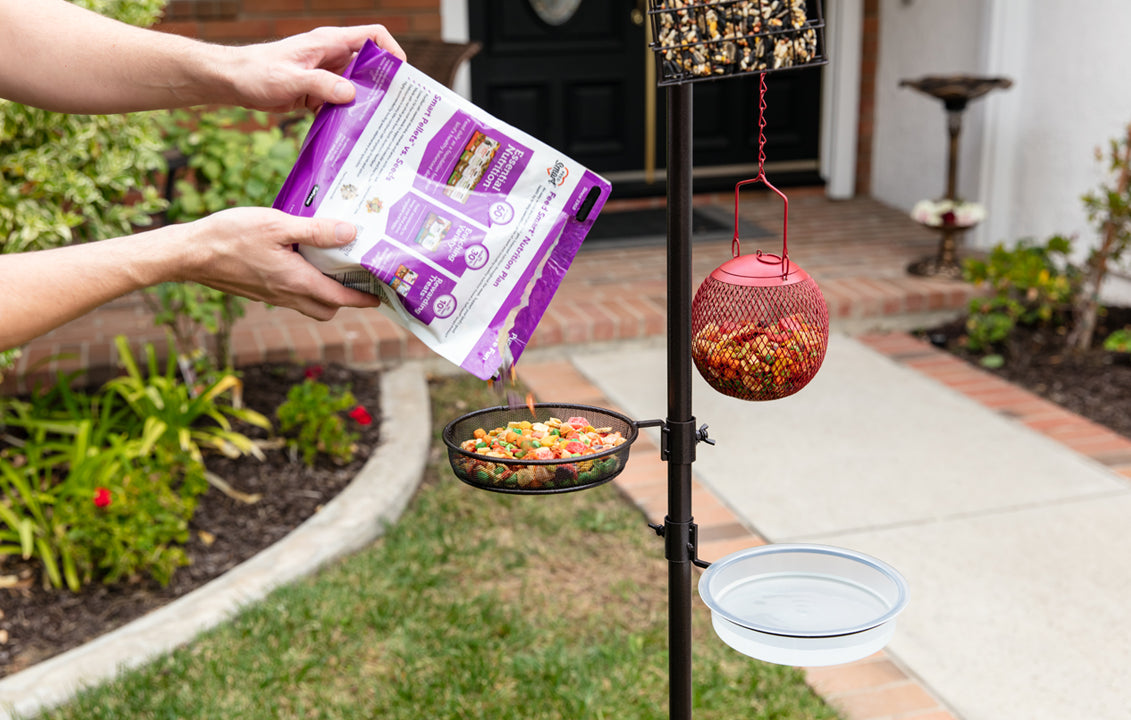
Believe it or not, birds need to learn to trust you as a feeding source.
To earn their trust, you have to start off by feeding them with their favorite foods.
Hey, birds are taking a risk coming to you as an unfamiliar source. You need to entice them with the very best in order for them to take that risk.
Here’s how:
- Put Black oil sunflower seeds in a Seed Feeder to attract many different birds including woodpeckers, jays, cardinals, and finches
- Put Suet in the Suet Cage Feeder to attract starlings, woodpeckers, and chickadees
- Nectar works best for attracting hummingbirds
- Put peanuts in a Nut Feeder to attract blue jays
- Put water in a Water Bowl or Bird Bath for all the birds to drink and bathe in
Designed to attract feathery visitors, our Rustproof Bird Multi-Feeder comes with all the types of feedings mentioned above, and a few more options.
It also includes:
- a Mesh Tray where you can put mealworms, dry fruit, and other treats
- a Ball Feeder for peanuts
- Extra Hooks so you can add any additional accessories
But remember this, you may have a bird buffet waiting in your backyard, but birds may still not come to your feeder.
That’s why our feeder design makes it easier for you to make sure they can see and hear the food; otherwise, they won’t know it’s available to them.
Where Should I Place My Bird Feeder?
Eventually, birds will learn that you have food waiting for them in the feeders. But you need to attract them to the area first.
That’s why the best first step to attracting birds is to throw some of the seeds around your bird feeder so they can easily see the food.
Additionally, birds find their source of food by sound; throwing seeds on the ground helps them to identify your food source by hearing it.
You must also ensure that the placement of your feeder is in a safe place for them.
- Keep your feeder ten feet from fences to keep them safe from cats and racoons.
- Place nectar and suet in a shady spot during the summer to keep from spoiling. But keep them about 10 feet away from trees, so hummingbirds can easily find your feeder without obstructions.
- Keep bird feeders away from windows. Millions of birds die each year, in the US alone, due to window collisions.
That’s why, rather than picking a standard window bird feeder, we highly recommend the 91-Inch Deluxe Multi-Feeder. In the development of this item we’ve kept you and the birds you attract in mind. One of the great things about it is you can stake it wherever you would like, which is optimal for bird safety. This bird feeder pole is made of rust-resistant steel that stakes into the ground, so you don’t have to hang your feeders onto a tree or on a window.
What’s more is that it comes with bird feeder accessories like extra hooks, a water bowl, mesh tray, a suet cage, and seed feeder so you can provide all your feathered friends’ needs in just one feeding pole.
Choose classic black or opt for brown.
How Tall Should a Bird Feeder Be?
Because different birds prefer to feed at different heights, it’s a good idea to have food at a variety of heights when it comes to feeders. That’s why we wanted to bring you some of the best bird feeders, like our Multi-Feeders, with poles that come with prongs at different heights. Plus, you can move the hooks and place food at different heights as needs change.
Most of all, bird feeder designs that have stations at different heights keeps your feeder from being dominated by a single species.


